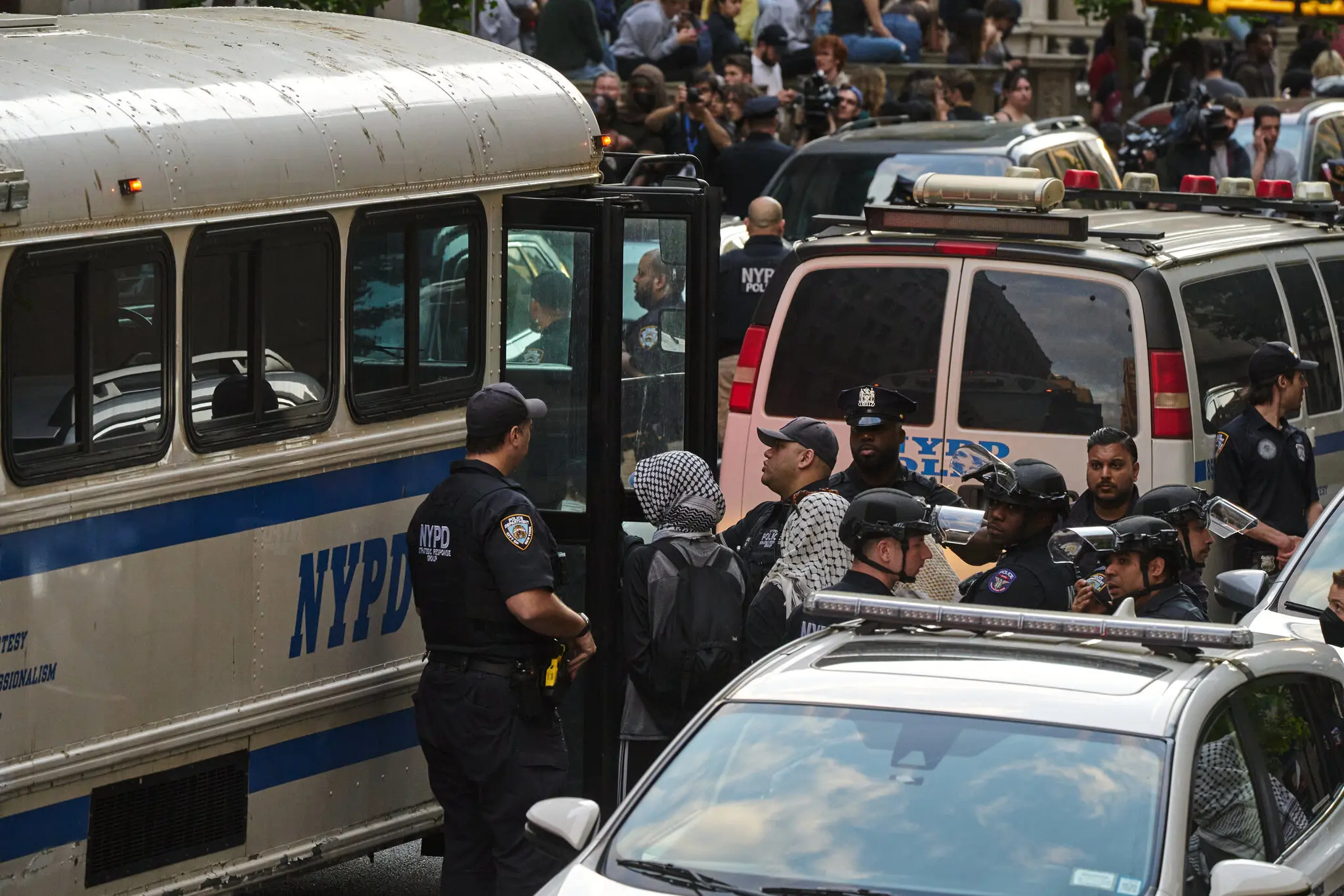How to Successfully Merge Schools: Key Practices for Community Buy‑In
Merging schools can improve equity, resource use, and student opportunities—but only when educators, parents, and communities are actively engaged and the transition is carefully managed.
Districts facing declining enrollment, aging buildings, and resource constraints are increasingly considering school mergers—such as pairing elementary schools, consolidating high schools, or integrating learning communities—to create more equitable, efficient, and diverse educational environments. While mergers hold promise for reducing segregation, lowering operational costs, and expanding academic opportunities, they often provoke community resistance unless thoughtfully implemented. A foundational strategy for successful school merger hinges on building widespread educator buy‑in.
In Caldwell Parish, Louisiana, Superintendent Nicki McCann engaged principals early—those principals, in turn, convinced faculty that the merger would benefit all students, creating bottom‑up momentum before the plan went public. In Charlotte–Mecklenburg, North Carolina, administrative leaders first consulted school principals in secret, then worked with teachers to field feedback proactively once the plan became widely known, preventing leaks and fostering unity. Principals who believe in integration and feel valued are essential champions for change.
Strategic messaging matters: shared vision and goals emerge through collaborative planning sessions, joint town halls, and staff design teams that emphasize benefits like expanded course offerings or smaller class sizes. In SeaTac, Washington, the merger of Valley View and Bow Lake elementary schools involved extensive planning meetings with parents, staff and teachers to co‑design a 75,000 square‑foot two‑story campus featuring five learning communities. Staff involvement eliminated turf wars and fostered ownership—“success breeds success,” in the words of one principal.
Cultural integration is equally crucial: leadership must respect each school’s traditions, then weave together new rituals, symbols and norms so members of different communities feel represented. At Hilton Head Prep and Sea Pines Montessori, despite different educational philosophies, a structured merger preserved both programs and built unity through cross‑campus social gatherings and co‑training. Leaders stressed that “the invisible wall” between cultures must be actively dismantled.
Due diligence—covering finances, enrollment projections, infrastructure, academic programs and legal compliance—is critical before announcing any merger. In India, Himachal Pradesh officials chose schools for consolidation only when medium of instruction, proximity, and equity criteria aligned and community school committees had signed off. Consolidation efforts in multiple states followed evaluation and community consults, avoiding remote, underserved populations being unintendedly excluded.
Advocacy researchers emphasize that school mergers have the potential to reduce racial and socioeconomic segregation. One simulation across 200 large U. S.
districts modeled pairing or clustering elementary schools—showing median segregation reduction of nearly 20%, and up to 60% in some districts—while increasing average transportation by only a few minutes. Communities with multiple interfaces between demographically diverse neighborhoods benefit most. Mergers also improve academic climates when resourced properly, expanding extracurriculars, career-technical education, and staff specialization.
School boards must communicate transparently—remain open about financial rationale, facility conditions, academic promise, and potential trade‑offs. In Wallingford, Connecticut, delays in naming a location for a proposed consolidated high school eroded public trust; clarity on plans and purpose is essential. Engagement must reach beyond institutional leadership to include families, students, alumni, local businesses, union representatives, and culturally specific groups.
In Chicago’s Smyth Elementary case, tensions arose when district authority drove consolidation planning without involving families—resulting in community suspicion. In contrast, the Smyth Educational Advancement Team united residents, school leaders and external advocates in inclusive planning. Change management practices also matter: post‑merger support structures—professional development, peer mentoring, counseling services and leadership coherence—help faculty and staff adapt emotionally and professionally.
In Georgia State’s merger with Georgia Perimeter College, transition teams aligned academic programs, supported faculty, and anchored adjustments in shared governance and professional learning communities. Hybrid or remote learning periods—if unavoidable—can serve as transitional buffers. In New York City, some mergers during the pandemic used remote schooling as a soft reset, allowing newly combined populations time to acclimate before physically coming together, easing emotional strain.
Long‑term monitoring is critical. Post‑merger oversight committees should evaluate enrollment, climate, academic gains, equity metrics and stakeholder satisfaction, adjusting strategy as needed. Follow‑up evaluations three years post-merger offer essential feedback loops.
In Caldwell Parish, continuing stakeholder feedback helped refine shared vision and ensure sustained support. Community partners and nonprofits can play convening and facilitative roles—bridging institutional authority and family input. In Smyth Elementary, the nonprofit brokered meetings and focus groups, helping build trust and strengthen shared ownership.
Finally, the human stories matter. In rural Iowa’s Nora Springs–Rock Falls collaboration, teachers welcomed consolidation because it meant more subjects per educator and expanded curriculum for students; morale improved. At Clarion‑Goldfield‑Dows in Iowa, the former Dows district raised concerns about lack of public input as downtown buildings closed, underlining that communication failures can stall community support.
In summary, successful school mergers require strategic vision, legal clarity, financial and cultural due diligence, transparent communication, inclusive engagement, expert change management, thoughtful pacing, and long-term evaluation. With these elements in place, mergers can deliver enhanced classroom experiences, equitable opportunity, stronger social integration, and sustainable educational infrastructure that serve all students.
28th july 2025



